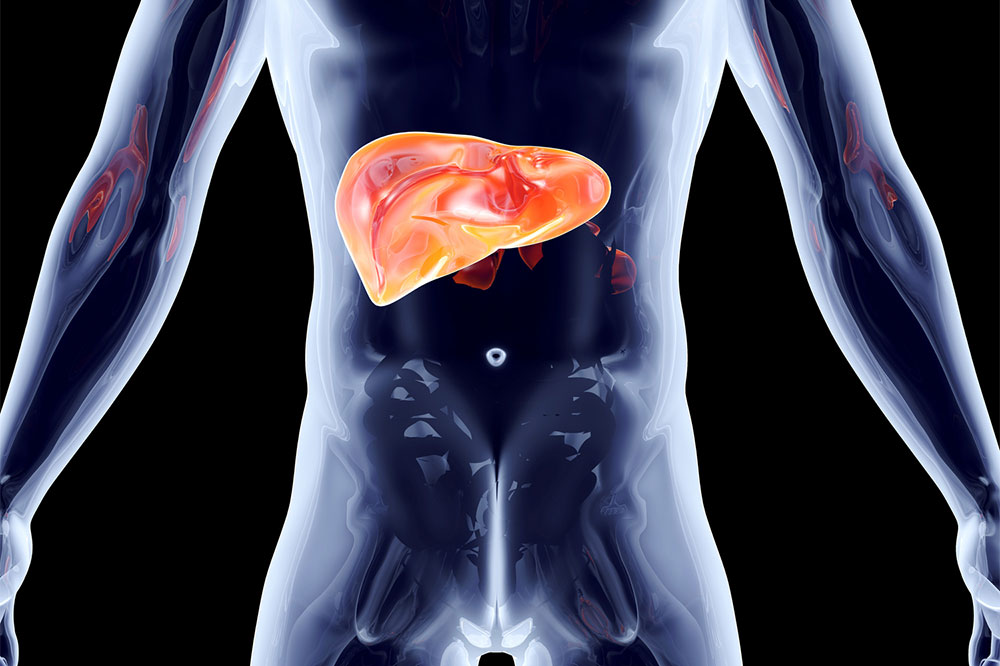Metastatic breast cancer – Signs, diagnosis, and management options

Metastatic breast cancer occurs when breast cancer begins spreading to other body organs. Typically, the cancer spreads to the brain, liver, bones, and lungs and is classified as the fourth stage. Every area where the cancer has spread is referred to as a “metastasis” (plural: metastases) and involves extensive interventions to slow the cancer’s progression. This article discusses the symptoms and diagnosis of metastatic breast cancer, together with survival rates and treatment options.
Symptoms of metastatic breast cancer
Nipple discharge
One of the early symptoms of metastatic breast cancer is nipple discharge, which may be yellow and pus-like and sometimes appear blood-like.
Fractures
The cancer or tumor may spread to the bones or spinal cord, causing acute pain and fractures.
Shortness of breath
If breast cancer spreads to the lungs, it can cause lung cancer, with symptoms like shortness of breath, chest pain, and wheezing cough.
Headache and blurred vision
Sometimes, breast cancer may also spread to the central nervous system at the metastatic stage, causing symptoms like blurred or double vision, headache, and difficulties with movement.
Nausea and swelling of body organs
Metastatic breast cancer, having spread to the stomach and liver, can cause swelling of the hands and legs, nausea, yellowing of the skin, etc.
Metastatic breast cancer diagnostic tests
Bone scan
A radioactive tracer is used to examine whether breast cancer has spread to the bones. The tracer, which has a very low amount of radiation, is injected into the vein, and the presence of cancer in the bones is detected using a camera. Lighter shades indicate healthy bones, whereas the camera highlights injuries caused by cancer.
A combination of CT and PET scans
Computed tomography (CT) and positron emission tomography (PET) scans are often carried out in conjunction to examine the spreading of breast cancer to other organs.
X-ray
A chest X-ray may be carried out to create a picture of the body’s internal structures and determine whether breast cancer has spread to the lungs.
Survival rates
Studies have demonstrated that the survival rates of women and men with metastatic breast cancer from the time of diagnosis are 29% and 22%, respectively. Technological advancements in treatments have considerably increased the life expectancy of patients with the condition. Early diagnosis is the key to a speedy recovery.
Treatment options
Hormone therapy
In some types of breast cancer, receptors or proteins attach to the estrogen and progesterone hormones, causing their growth. In such cases, hormone or endocrine therapy is often used post-surgery to target cancer cells present anywhere in the body. Relapse of cancer can also be treated through this technique.
Chemotherapy
Chemotherapy refers to the intervention in which intravenous shots are administered to destroy cancer cells. Chemotherapy may either be administered before surgery to reduce the tumor size or after surgery to destroy cancer cells that persist in the body.
Immunotherapy
Immunotherapy involves oral treatment to boost one’s immunity and destroy cancer cells. Immunotherapy may be recommended to treat some breast cancers.






